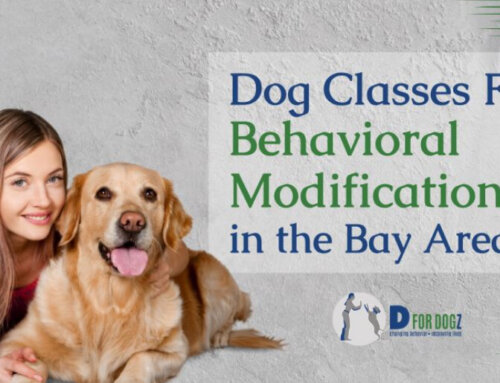The Role of Puppy Socialization in Preventing Future Behavior Issues
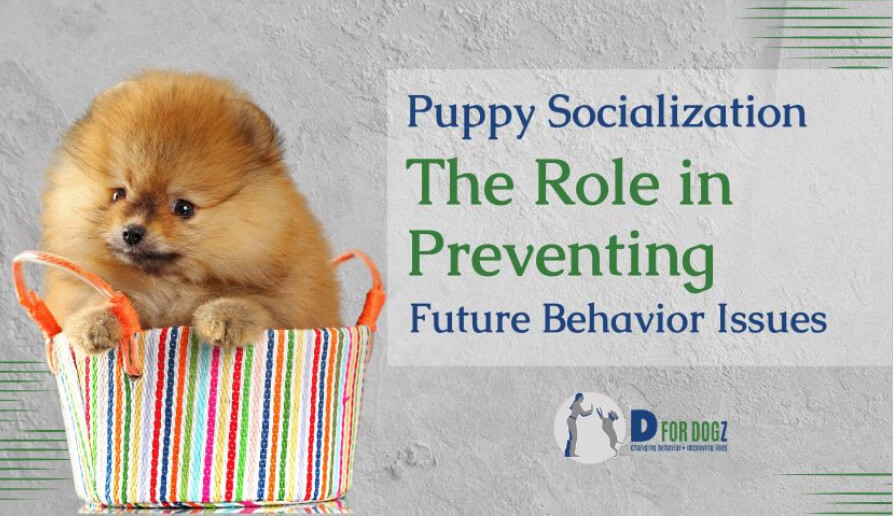
The role of puppy socialization in molding the right positive behavior for the puppy in its latter stages is fundamentally about laying a strong foundation for a well-adjusted, confident, and sociable adult dog. Proper socialization during the critical early weeks of a puppy’s life significantly influences their ability to interact positively with their environment, including people, other animals, and different situations, throughout their lives.
Throughout this blog, we’ll delve into the critical aspects of puppy socialization, underscoring its importance for every puppy owner.
Key Takeaways
- Early and positive socialization experiences are crucial for preventing future behavioral issues in puppies.
- Proper socialization strategies enhance a puppy’s trainability and responsiveness to commands.
- Interaction with other dogs and people in controlled settings improves puppies’ social skills and understanding of body language cues.
- Gentle handling from an early age develops positive associations with grooming and veterinary care, easing future healthcare experiences.
Role #1: Building Confidence
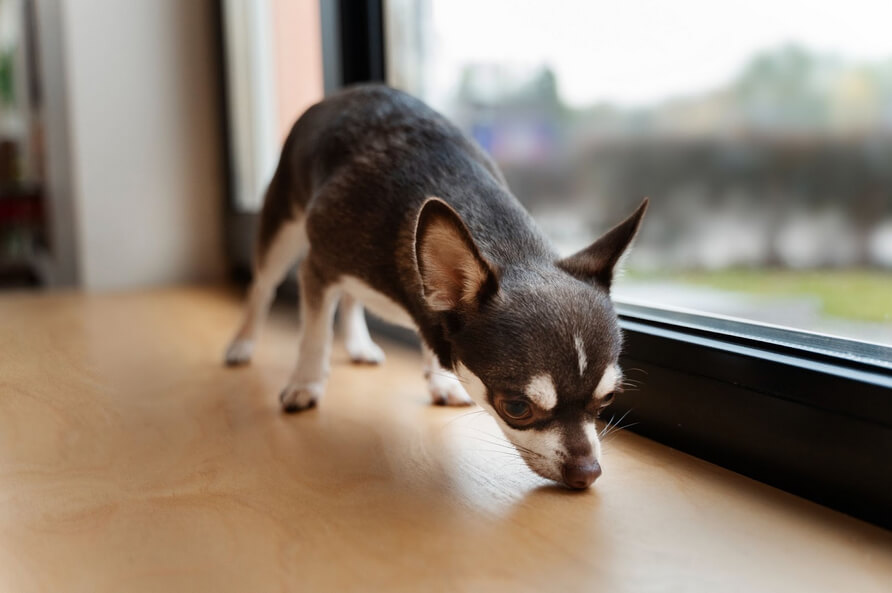
Exposure to a variety of stimuli (sounds, sights, and experiences) in a positive manner helps puppies become more adaptable and less fearful of unfamiliar situations. This adaptability is crucial for developing confidence in various environments, whether at home, in public spaces, or in nature.
- Positive Exposure: Gradually introducing puppies to a variety of environments and stimuli with positive reinforcement builds adaptability and reduces fear.
- Socialization Classes: Classes offer a structured environment for puppies to meet other dogs and people, enhancing social skills safely.
- Play and Exploration: Encouraging play in diverse settings helps puppies learn social cues and boosts their confidence in new situations.
- Basic Training Commands: Teaching simple commands provides clear communication and strengthens the bond between puppy and owner, fostering confidence.
- Handling Exercises: Regular, gentle handling prepares puppies for vet visits and grooming, making these experiences less stressful.
- Problem-Solving Activities: Engaging puppies in activities that require them to solve puzzles for rewards promotes independence and mental agility.
- Gradual Desensitization: Slowly increasing exposure to feared stimuli in a controlled manner helps reduce anxiety and build confidence in fearful puppies.
Role #2: Preventing Behavior Problems
Many behavior issues in dogs, such as aggression, fearfulness, and anxiety, stem from inadequate socialization. Proper socialization helps prevent such problems by exposing puppies to different situations in a controlled and positive way, reducing the likelihood of developing phobias or aggression towards unfamiliar people or dogs.
Here are the best strategies in order to prevent future behavioral problems:
Early Socialization
Introduce your puppy to a variety of people, animals, environments, and situations early on, focusing on positive interactions to build good experiences. Puppies have a critical socialization window that closes around 14 to 16 weeks, so start socializing them as early as safely possible, given their vaccination status.
Positive Reinforcement
Use treats, praise, and play to reward your puppy for calm and non-aggressive behavior in the presence of strangers or other animals. This encourages them to associate new encounters with positive outcomes.
Controlled Exposure
Gradually expose your puppy to unfamiliar people and dogs in controlled situations, such as puppy classes or playdates with known well-behaved dogs. This helps them learn appropriate social cues and behaviors without becoming overwhelmed.
Desensitization and Counterconditioning
For puppies showing signs of fear or aggression towards specific stimuli, desensitization (gradually exposing the puppy to the fear-inducing stimulus in a non-threatening way) combined with counterconditioning (changing the puppy’s emotional response to the stimulus by associating it with something positive) can be effective.
Obedience Training
Basic obedience training helps establish clear communication between you and your puppy, providing them with a sense of structure and security. Commands like “sit,” “stay,” and “come” are not only practical but can also divert your puppy’s attention away from stressors.
Avoid Negative Experiences
Prevent situations that can lead to negative encounters, such as forcing your puppy into overwhelming situations or allowing them to be bullied by other dogs. Constantly monitor interactions closely and be ready to intervene if necessary.
Consult Professionals
If you notice signs of aggression, fearfulness, or anxiety in your puppy, consult a professional dog trainer or a veterinary behaviorist early on. They can provide tailored advice and intervention strategies to address these issues effectively.
Role #3: Enhancing Trainability
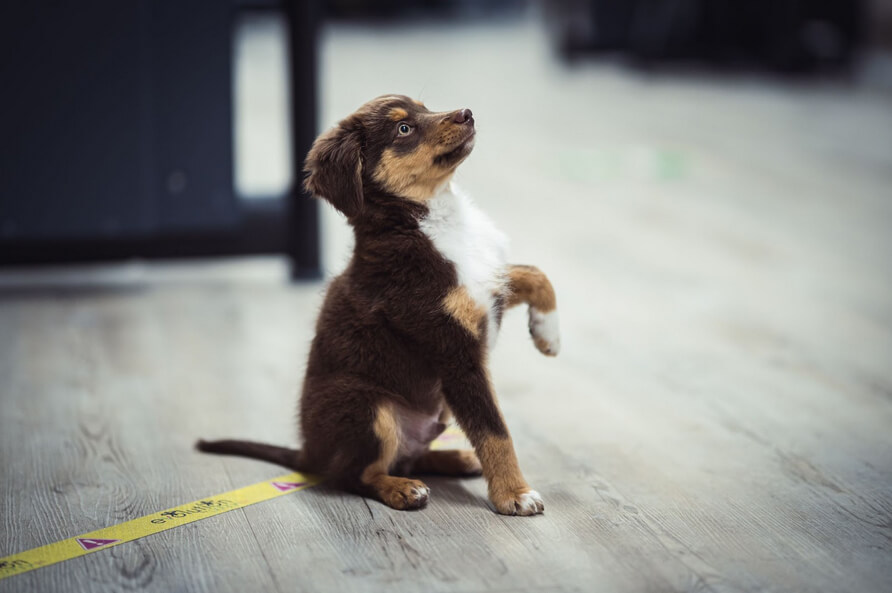
Socialized puppies tend to be more receptive to training. Positive interactions with humans, including exposure to gentle handling and training commands, can improve a puppy’s responsiveness to training in the future. This is partly because socialized puppies learn to trust humans and are more likely to see them as leaders and partners.
Here’s a table summarizing strategies to enhance a puppy’s trainability:
| Strategies to Enhance Trainability | Description |
| Keep Sessions Short and Fun | Maintain brief training sessions (5-10 minutes) to match a puppy’s attention span, using games and toys to make the learning process engaging and enjoyable. |
| Consistency is Key | Apply commands, rewards, and boundaries consistently to help the puppy understand what is expected of them, thereby reinforcing their learning process. |
| Teach Basic Commands First | Start with fundamental commands such as “sit,” “stay,” “come,” and “leave it,” as mastering these essentials lays the groundwork for learning more complex commands and behaviors. |
| Practice Patience and Calmness | Approach training sessions with patience and calmness, as showing frustration can negatively impact the puppy’s learning experience. Encouragement and patience are more effective. |
| Use Hand Signals Along with Verbal Commands | Enhance communication and comprehension by pairing hand signals with verbal commands, which can improve the puppy’s ability to understand and respond to commands. |
| Gradual Increase in Difficulty | Once basic commands are mastered, gradually introduce more complex tasks and commands to challenge the puppy and maintain their interest in learning. |
Role #4: Improving Social Skills

Interaction with other dogs in a positive setting, such as puppy classes, helps puppies learn appropriate social cues and behaviors. This early learning prevents inappropriate behaviors, like excessive barking or unsolicited aggression, and helps puppies understand play boundaries and social hierarchies.
Body Languages
In puppy classes, puppies learn a range of body language that is crucial for their social development and interactions with other dogs and humans. Here’s an overview of the key body language cues puppies learn to interpret and express:
- Tail Wagging: Not always a sign of happiness; the emotion behind tail wagging can vary from excitement to frustration, depending on the wag’s speed, direction, and tail position. A relaxed wag indicates a happy dog, while a stiff, rapid wag might signal arousal or aggression.
- Raised Hackles: The raising of the fur along a dog’s back indicates emotional arousal, which could stem from excitement, fear, or aggression and is an involuntary reaction similar to goosebumps in humans.
- Posture: A dog’s stance can reveal much about its mood and intentions. A confident dog stands tall, while a fearful dog might crouch or tuck its tail. The “play bow” is a universal sign of wanting to engage in fun.
- Facial Expressions: Dogs communicate a lot through their facial expressions, like yawning to indicate stress or a “submissive grin,” which is very different from an aggressive snarl. Understanding these nuances helps in interpreting a dog’s emotional state.
- Eyes: The look in a dog’s eyes can convey emotions from calmness to aggression. Soft eyes indicate relaxation, while hard, staring eyes may signal a challenge or threat.
- Ears and Mouth: Ears that are erect and facing forward suggest alertness, while ears flat against the head can indicate fear or submission. A lolling tongue or a slightly open mouth can denote a relaxed state, whereas exposed teeth might signal aggression or fear, depending on the context.
Role #5: Developing a Positive Association with Handling
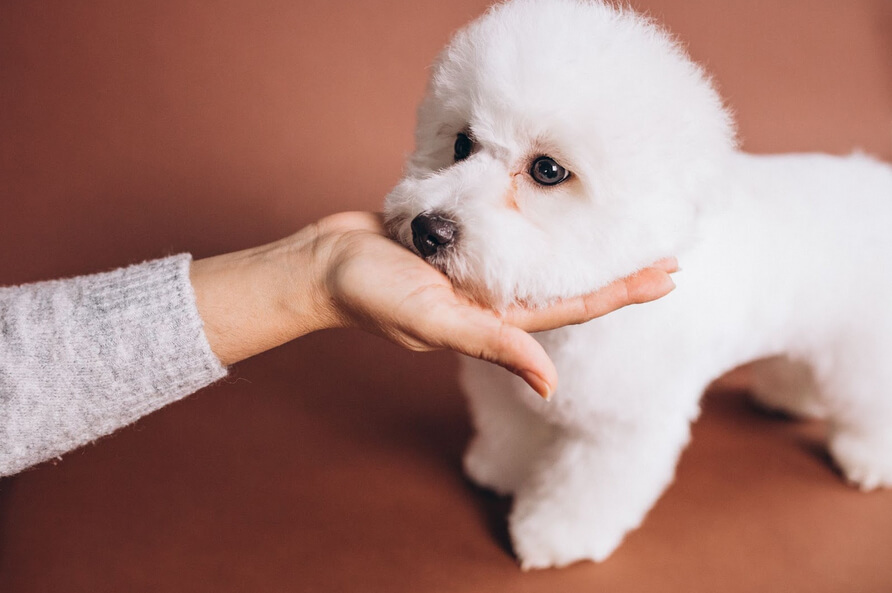
Regular, gentle handling of puppies, including touching their paws, ears, and mouth, helps them become comfortable with future grooming and veterinary visits. This reduces stress and fear associated with these necessary aspects of dog care.
Effective Strategies
Getting puppies accustomed to grooming and vet visits is crucial for their long-term comfort and health. Here are some effective strategies to ease this process:
-
Start with Handling Exercises
Begin by getting your puppy comfortable with touch. Handle all parts of their body gently, including paws, ears, mouth, belly, and tail. Use praise and treats to build positive associations with these actions. If your puppy is touch-sensitive, pair every touch with a treat to desensitize and countercondition their responses gradually.
-
Introduce Grooming Tools Gradually
Familiarize your puppy with grooming tools like brushes, nail clippers, and dryers in a non-threatening way. Start by letting them sniff the tools and reward any curiosity or calm behavior. Gradually move to mimicking grooming actions without directly using the tools on them, always rewarding for calmness.
-
Simulate Vet and Grooming Scenarios
Use husbandry training techniques to teach your puppy to participate actively in their care. This could include teaching them to stand on command for more accessible examination, getting used to elevated surfaces like grooming or vet examination tables, and practicing with mock versions of procedures like applying flea medication with a cotton swab or plastic syringe.
-
Visit the Vet for Fun
Help your puppy build positive associations with the vet’s office by visiting just for social calls. Ask if you can bring your puppy in for treats and gentle petting from the staff without any examination. This can help break the association of vet visits with discomfort.
-
Train for Cooperation in Grooming and Vet Care
Teach your puppy specific behaviors that will help during grooming and vet visits, such as standing still on command, going to a mat or bed on cue for a sense of security, and responding to a “touch” command for easy positioning.
-
Make Car Rides Positive
Ensure car rides don’t always lead to the vet or groomer to prevent stress starting from the car journey. Take your puppy on fun outings so that car rides remain a positive experience.
-
Give Your Dog Choices
Emphasize teaching your dog to make choices, such as deciding to participate in grooming by scratching a sandpaper board for nail care. This autonomy can make grooming a more positive experience for dogs that typically dislike being groomed.
Conclusion
Puppy socialization is a multifaceted process that lays the groundwork for a dog’s lifelong behavior, confidence, and adaptability. By embracing the principles of positive exposure, controlled social experiences, and gentle handling, owners can significantly reduce the likelihood of behavioral problems while enhancing their puppy’s ability to learn, adapt, and thrive in various environments. Socialization isn’t just about preventing negatives; it’s a proactive approach to building a well-rounded, happy dog capable of navigating the world with ease and joy.
Embark on a transformative journey for you and your puppy with D for Dog Training’s specialized Puppy Socials in the Bay Area. Our carefully designed classes provide the essential building blocks for confidence, social skills, and positive behavior through a blend of fun, structured socialization exercises, and practical training sessions. Contact us now at D for Dog Training’s Puppy Socials to enroll and start your puppy on the path to becoming a confident, happy, and well-behaved companion.
About the Author: Kaajal Tiwary
Kaajal (aka “KT”!) loves puppies and is dedicated to getting new puppy guardians off on the right paw and guiding her students through the tough early days of owning a dog. Her goal? Transforming each bundle of raw puppy energy into the perfect adult companion.

